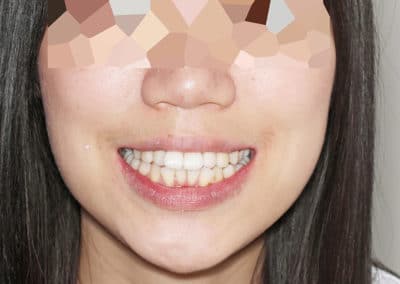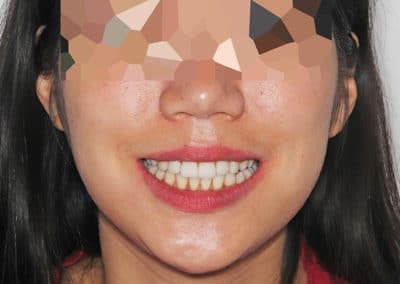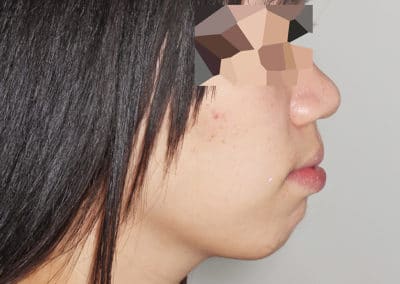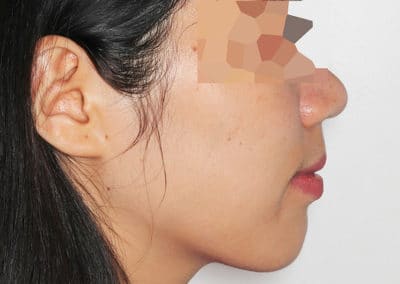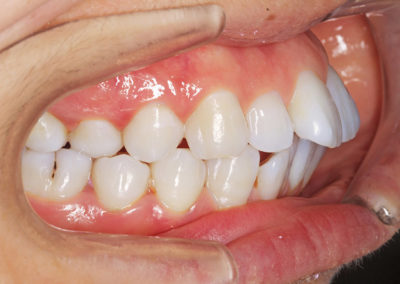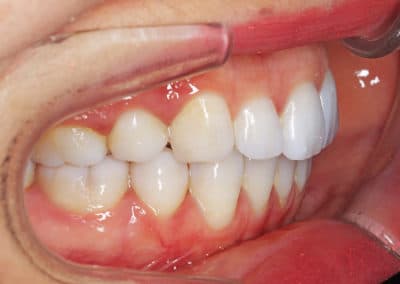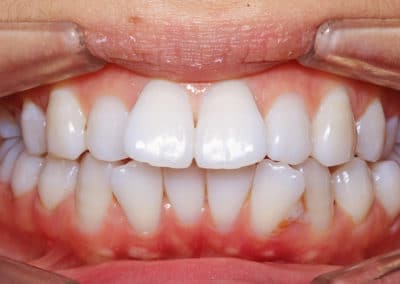Our Smiles:
Lingual Orthodontics
I HAVE THE CENTRAL INCISORS TURNED INWARDS
After 24 months of treatment, rigid retention wires were placed superiorly and inferiorly from canine to canine on the lingual surfaces. Safety splints were also made.
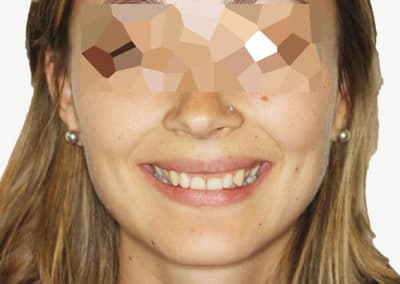
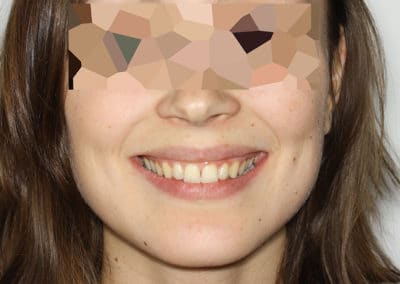
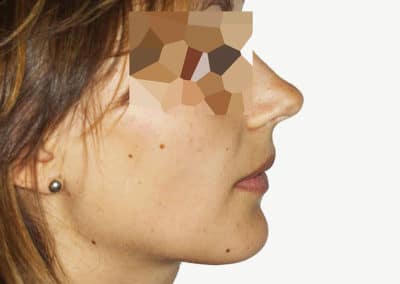
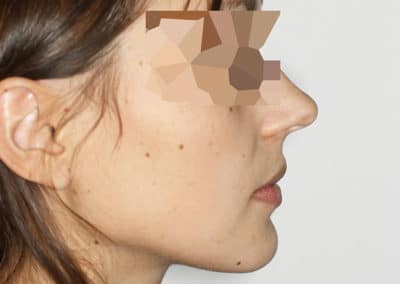
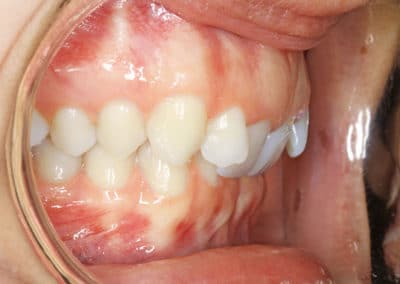
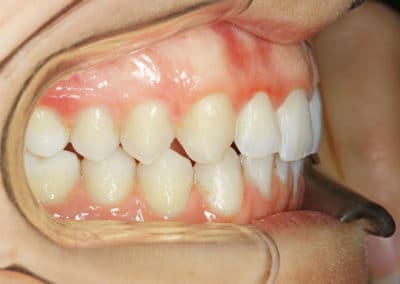
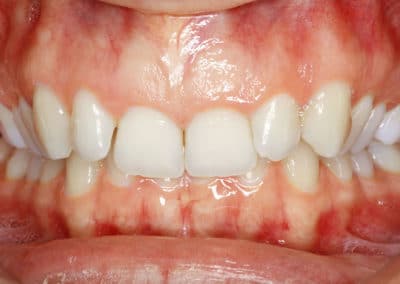
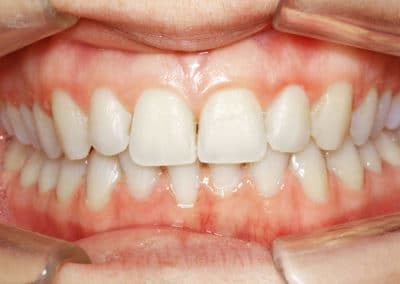
A CASE OF A NON-SURGICAL GAP
The duration of treatment was 20 months. Rigid wire restraints were placed superiorly and inferiorly from canine to canine on the lingual surfaces. Safety splints were also made.
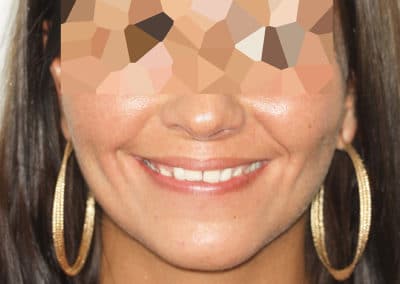
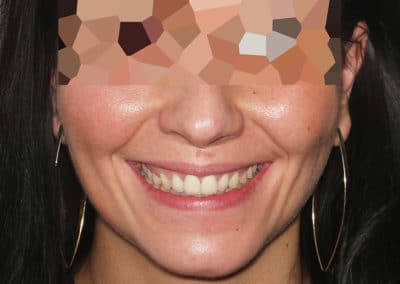

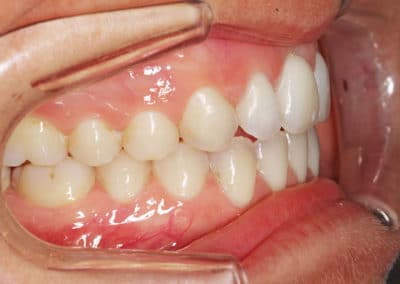

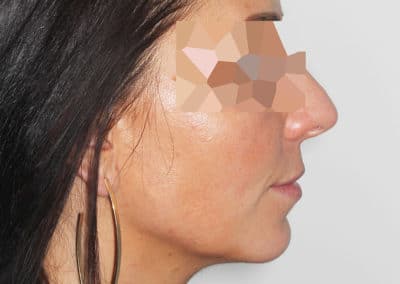
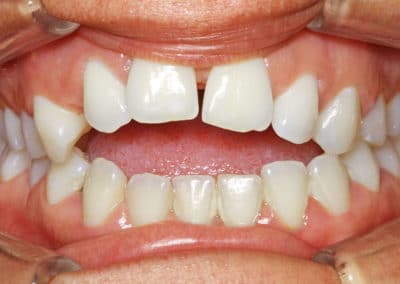
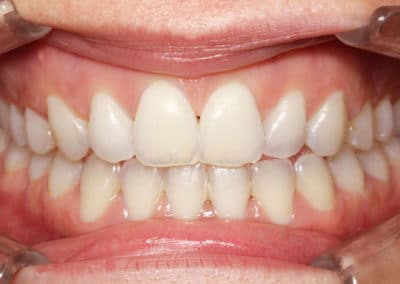
I HAVE AN INTERINCISAL DIASTEMA
The treatment lasted 22 months. Rigid retention wires were placed superiorly and inferiorly from canine to canine on the lingual surfaces. Safety splints were also made.

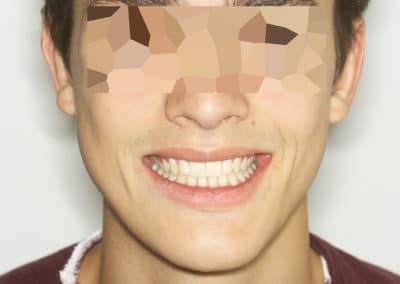

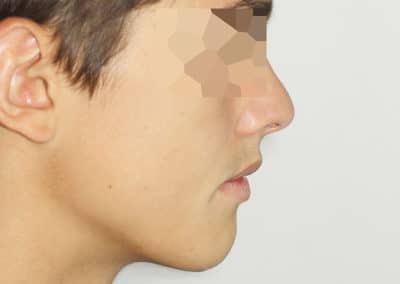
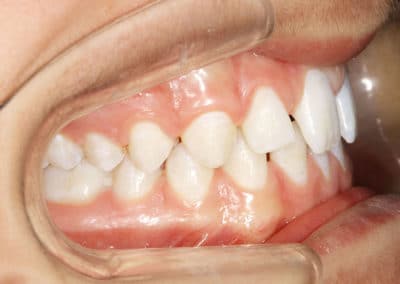
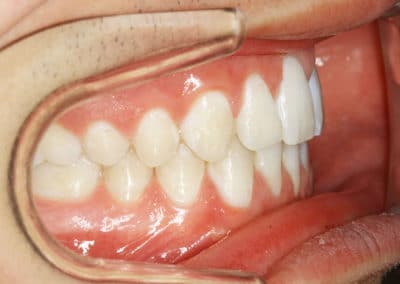
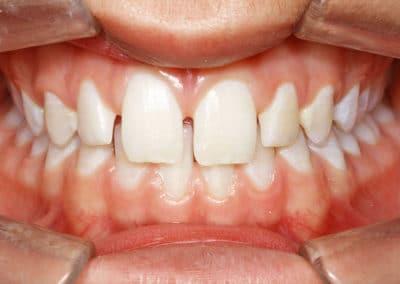

I HAVE BLACK TRIANGLES
The duration of treatment was 18 months. Rigid wire restraints were placed superiorly and inferiorly from canine to canine on the lingual surfaces. Safety splints were also made.
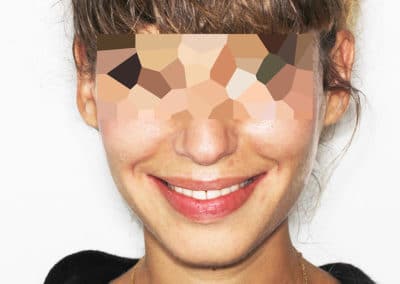

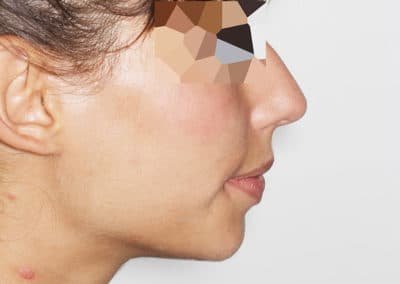
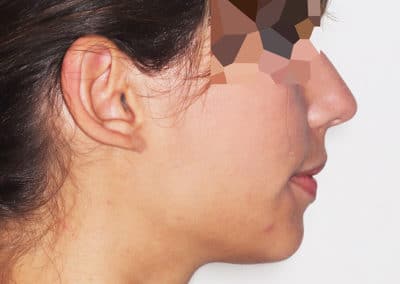
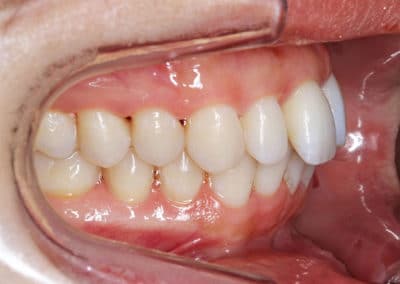
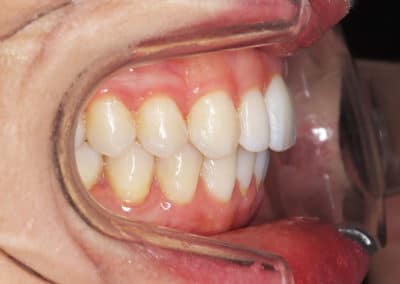
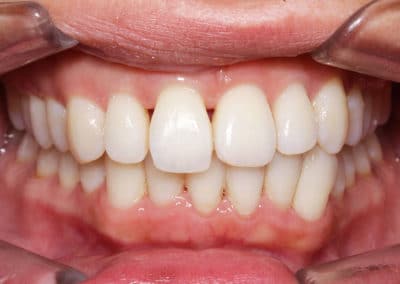
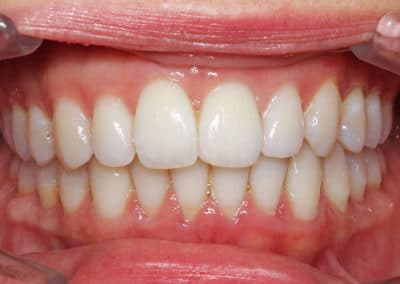
I HAVE MY TOP TEETH IN FRONT
Clinical and radiological examination revealed a recessed lower jaw, thick lips, and a damaged maxillary first premolar.
The simplified treatment plan was as follows: a mixed lingual treatment with extraction of the maxillary first premolars. Because of her thick lip, there was no concern about significant recession of her upper lip and her face was very harmonious, so the surgical treatment option was rejected. Extractions of the 14 and 24 premolars were performed 4 months after band placement and aesthetic veneers were placed in the extraction spaces the next day.
After 24 months of treatment, rigid wire restraints were placed superiorly and inferiorly from canine to canine on the lingual surfaces. Safety splints were also made.
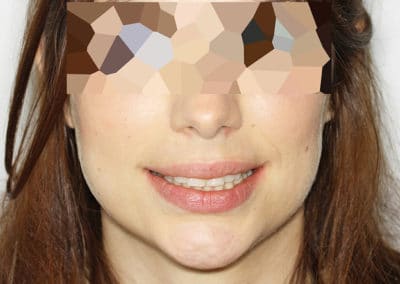
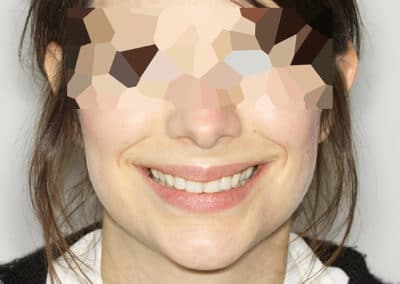
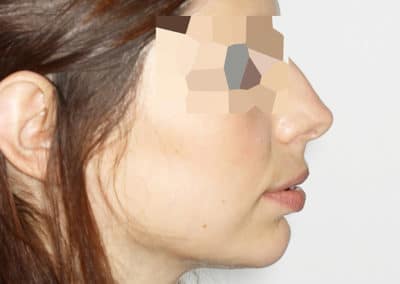
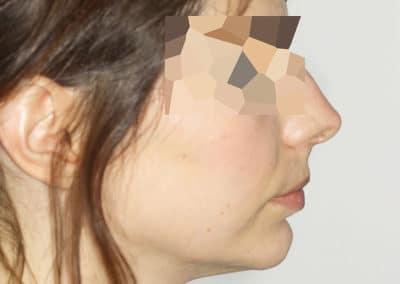
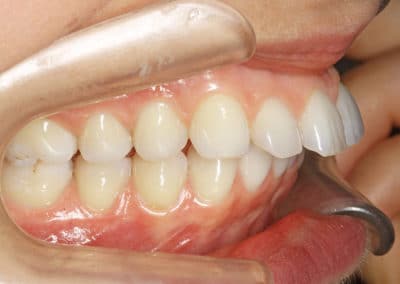
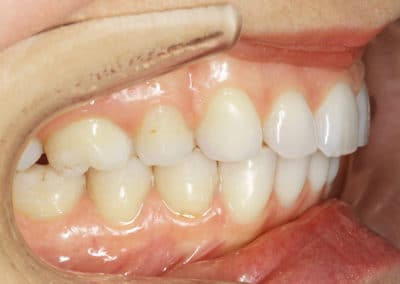
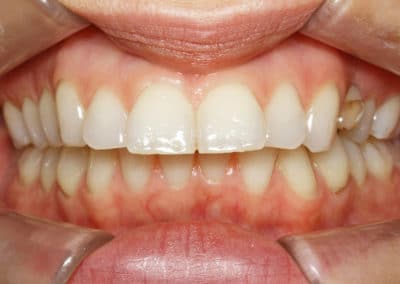
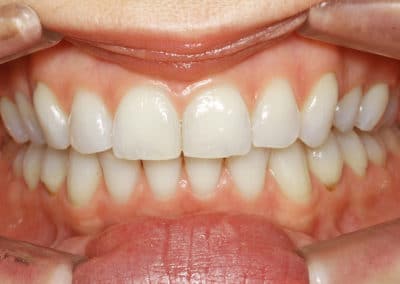
A CASE OF LATERAL INCISOR ALGESIA
Clinical and radiological examination confirmed the reason for consultation and also revealed the persistence of her milk canine and a counterlateral rice incisor. The simplified treatment plan was as follows: a total lingual treatment with opening of a space to place a prosthetic incisor in place of the missing lateral incisor, closure of the extraction space of the persistent milk canine, and opening of a space on either side of the rice-shaped incisor to place a veneer. The prosthetic restoration chosen was a cantilever bonded bridge. A space between the two central incisors was created at the patient’s request.
The duration of treatment was 24 months. Rigid wire restraints were placed superiorly and inferiorly from canine to canine on the lingual surfaces. Safety splints were also made.
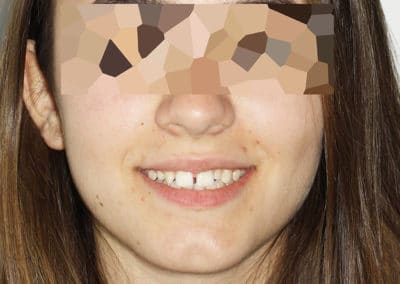
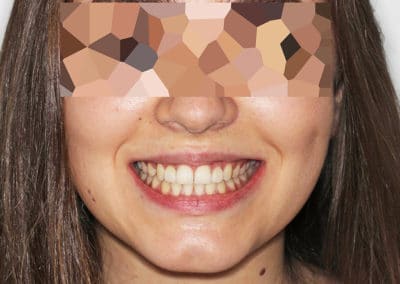

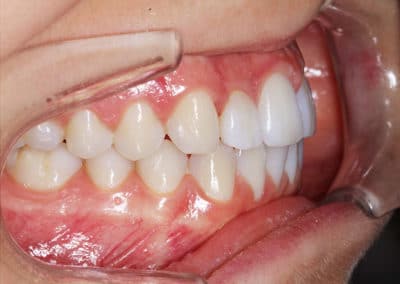
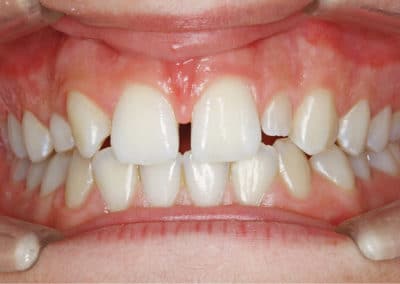
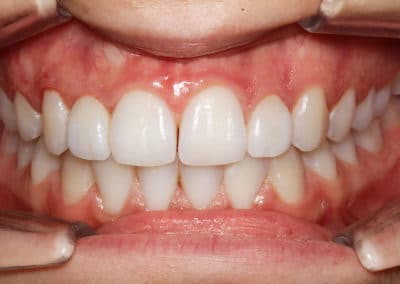
I HAVE A CROSS JOINT
The duration of treatment was 30 months. Rigid wire restraints were placed superiorly and inferiorly from canine to canine on the lingual surfaces. Safety splints were also made.
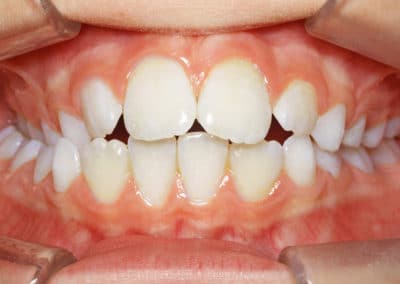
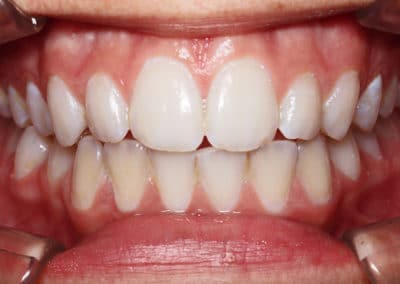
I HAVE AN INCLUDED CANINE
The simplified treatment plan was as follows: mixed lingual treatment with exposure of the impacted canine, extraction of the deciduous tooth, and placement of a veneer following the extraction. The patient was warned of the risk of ankylosis of the impacted tooth during traction. It is indeed rare but possible for an impacted tooth to remain fused to the bone without our being able to anticipate it. In case of ankylosis, the orthodontic treatment will have made room for an implant and a permanent tooth crown, as the milk tooth is much narrower.
The duration of treatment was 24 months. Rigid wire restraints were placed superiorly and inferiorly from canine to canine on the lingual surfaces. Safety splints were also made.
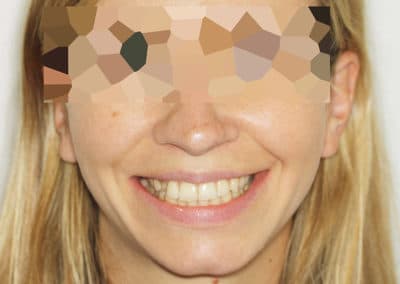
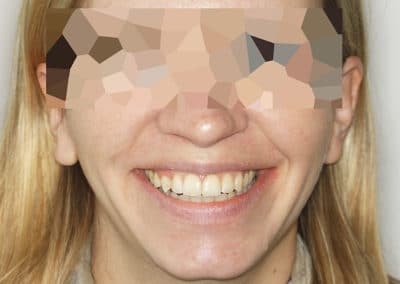
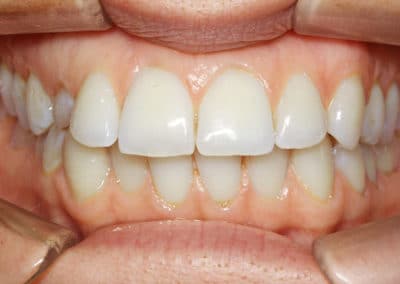
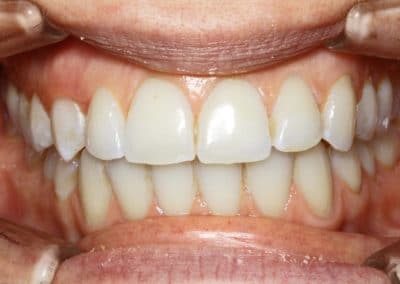
A CASE OF ANTERIOR CRUCIATE JOINT
The treatment lasted 20 months. Rigid retention wires were placed superiorly and inferiorly from canine to canine on the lingual surfaces. Safety splints were also made.
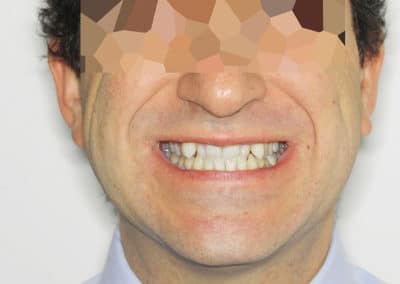
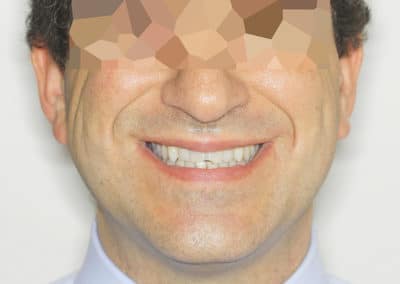
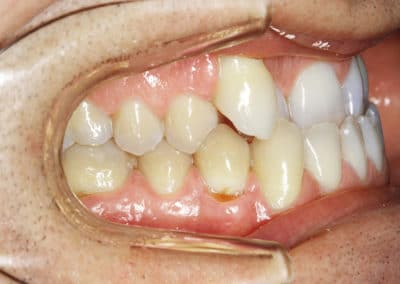
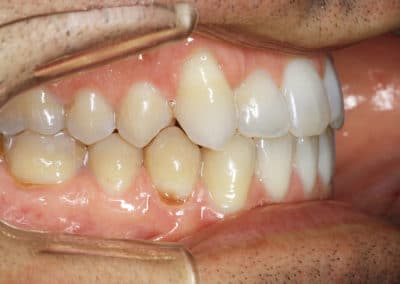

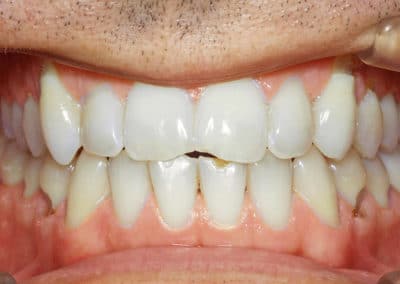
A CASE OF BIPROALVEOLISM
Clinical and radiological examination also revealed a left deviated mandible associated with a right crossbite. The patient was warned before starting that her mandibular midline would remain deviated to the left and that her occlusion would remain asymmetric, as only surgery would correct it. Since the aesthetic impact of this deviated midline and asymmetric bite was almost nil, I advised her not to consider surgery, which she was very pleased about.
The simplified treatment plan chosen was as follows: 4 premolar extractions, the first ones on top and the second ones on the bottom in total lingual. The day after the extractions, veneers were placed in the spaces to prevent them from showing. In general, extractions take place 4 months after the placement of the braces.
The treatment lasted a little more than 2 years and rigid restraining wires and trays were made for each arch.
